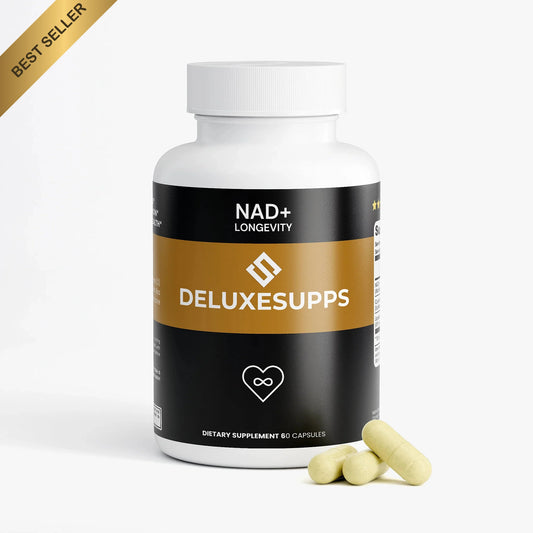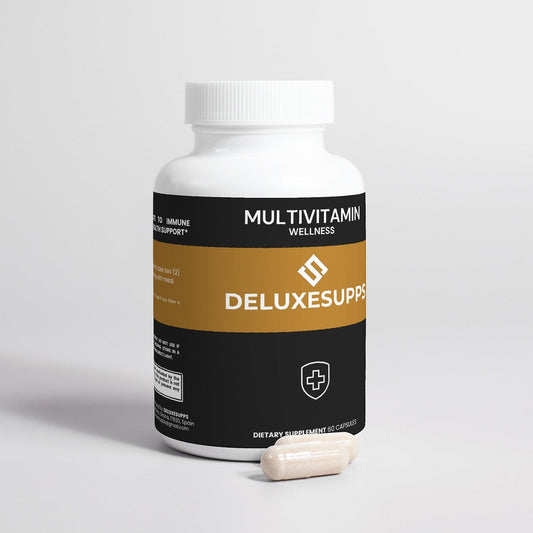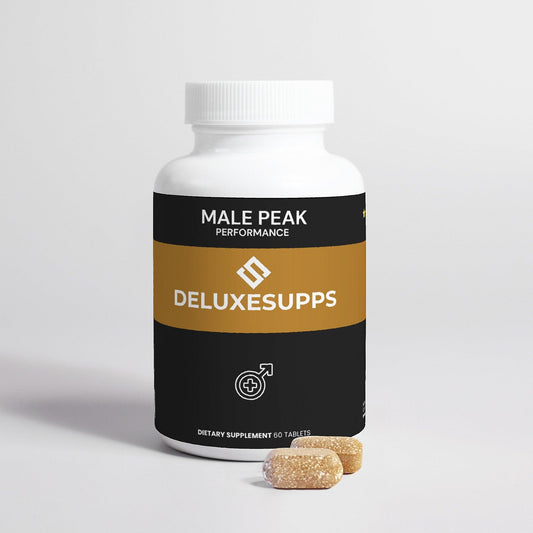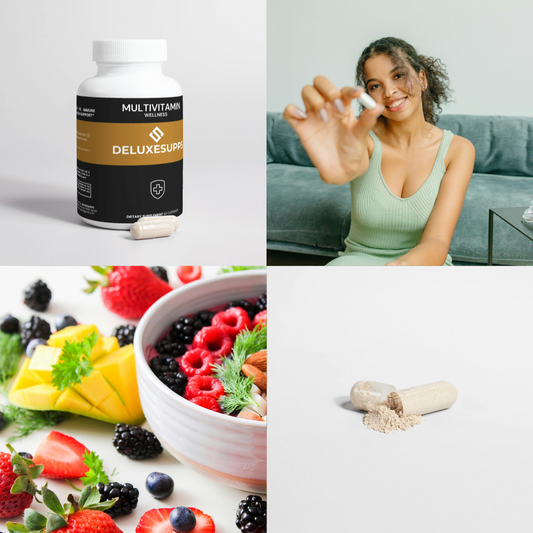Updated on: 2025-11-18
- Healthy Smoothie Recipes for Weight Loss: Core Principles
- Key Benefits of Healthy Smoothie Recipes for Weight Management
- Low-Calorie Smoothie Recipes: Five Balanced Formulas
- Berry Greens 300
- Citrus Ginger Refresher
- Cocoa Peanut Light
- Tropical Protein Green
- Spiced Apple Oat
- Green Smoothies for Weight Loss: Ingredient Framework
- Step-by-Step Guide to Build a Weight-Loss-Friendly Smoothie
- Step 1: Choose a Base
- Step 2: Add Protein
- Step 3: Add Fiber
- Step 4: Add Flavor Boosters
- Step 5: Blend and Adjust
- Step 6: Portion and Store
- Frequently Asked Questions on Healthy Smoothie Recipes for Weight Loss
- Are smoothies good for weight loss?
- What ingredients make a smoothie good for weight loss?
- When is the best time to drink a smoothie for weight management?
- What is the difference between smoothies and juices for a calorie-conscious plan?
- Summary of Healthy Smoothie Recipes for Sustainable Goals
- About the Author: Expertise in Healthy Smoothie Recipes
Healthy Smoothie Recipes for Weight Loss: Core Principles
Healthy smoothie recipes for weight loss focus on balance, portion control, and consistency. The goal is a blend that supplies protein, fiber, and volume with a modest calorie load. Protein supports fullness. Fiber adds thickness and slows digestion. Liquids and ice add volume for a larger portion size with fewer calories per sip. These principles also guide low-calorie smoothie recipes and easy healthy smoothie recipes for weight loss that fit many preferences.
Think in frameworks rather than strict rules. A structured approach helps you swap ingredients without changing the outcome. A reliable formula looks like this: a low-calorie base, a measured protein source, a fiber component, a fruit for taste, optional greens, and targeted add-ins for texture and flavor. This approach works for weight loss smoothie recipes and can be adapted to daily needs.
Key Benefits of Healthy Smoothie Recipes for Weight Management
- Predictable portions: Pre-measure ingredients to support a consistent calorie range per serving.
- Balanced macros: Include protein and fiber to build a more satisfying blend.
- Flexible ingredients: Swap fruits, greens, and bases to match taste, allergies, or budget.
- Fast preparation: Assemble a full smoothie in minutes with minimal equipment.
- Easy planning: Batch-prep smoothie packs to reduce daily decisions and improve routine.
Low-Calorie Smoothie Recipes: Five Balanced Formulas
These low-calorie smoothie recipes are designed with simple portions and straightforward steps. Each formula follows the same framework and avoids added sugars. Adjust thickness with ice or water. The yields target a single serving.
Berry Greens 300
Ingredients:
- Unsweetened almond milk, 1 cup
- Frozen mixed berries, 1 cup
- Baby spinach, 1 cup packed
- Plain Greek yogurt, 1/2 cup
- Chia seeds, 1 tablespoon
- Ice, 1 cup
Notes: This blend highlights green smoothies for weight loss while keeping taste bright. The chia supports thickness and texture.
Citrus Ginger Refresher
Ingredients:
- Cold water, 1 cup
- Orange segments, 1 cup
- Cucumber, 1/2 cup chopped
- Fresh ginger, 1/2 teaspoon grated
- Unflavored protein powder, 1 scoop
- Ice, 1 cup
Notes: Light, fresh, and simple. A clean choice for easy healthy smoothie recipes for weight loss with a gentle citrus profile.
Cocoa Peanut Light
Ingredients:
- Unsweetened soy milk, 1 cup
- Unsweetened cocoa powder, 1 tablespoon
- Powdered peanut butter, 2 tablespoons
- Frozen cauliflower florets, 1/2 cup
- Vanilla protein powder, 1 scoop
- Ice, 1 cup
Notes: Cauliflower adds body without strong flavor. Powdered peanut butter keeps the profile lighter than standard nut butter.
Tropical Protein Green
Ingredients:
- Coconut water (unsweetened), 3/4 cup
- Frozen pineapple, 1/2 cup
- Frozen mango, 1/2 cup
- Kale, 1 cup chopped (stems removed)
- Plain Greek yogurt, 1/2 cup
- Lime juice, 1 teaspoon
- Ice, 1 cup
Notes: Balanced tropical flavor with a greens base. Add more lime for brightness. This is one of the best healthy smoothie recipes for weight loss when you want a vibrant, refreshing option.
Spiced Apple Oat
Ingredients:
- Unsweetened almond milk, 1 cup
- Apple, 1 small, cored and chopped
- Rolled oats, 2 tablespoons
- Cinnamon, 1/2 teaspoon
- Plain protein powder, 1 scoop
- Ice, 1 cup
Notes: Oats add soluble fiber and a creamy texture. Cinnamon provides warmth without added sugar.
Green Smoothies for Weight Loss: Ingredient Framework
Green smoothies for weight loss can be flavorful and approachable. The goal is a mild taste with ample volume. Use a gentle leafy green, a bright fruit, and a creamy element. Keep added fats and sweeteners measured.
- Greens: Baby spinach for mild flavor; kale for stronger taste; romaine for high water content.
- Fruits: Pineapple, mango, apple, or pear add sweetness and balance greens.
- Protein: Greek yogurt, soy milk, or a protein powder suited to your preferences.
- Fiber: Chia seeds, ground flaxseed, oats, or frozen cauliflower for extra body.
- Liquid bases: Water, unsweetened almond milk, or coconut water as needed.
- Flavor boosters: Fresh herbs, ginger, lime, or unsweetened cocoa for variety.
For additional reading on ingredients and routines, explore current articles in Suppspedia. If you prefer to review a range of items that may fit a broader wellness plan, browse All products for labels and details. Selection depends on individual goals and preferences.
Step-by-Step Guide to Build a Weight-Loss-Friendly Smoothie
This step-by-step guide presents a repeatable process. It supports weight loss smoothie recipes by standardizing portions and choices. Use it to adapt any fruit or greens to your taste while keeping a calorie-conscious profile.
Step 1: Choose a Base
Select a low-calorie base such as cold water, unsweetened almond milk, or unsweetened soy milk. Start with 3/4 to 1 cup. Add more only if needed for blending. A lighter base keeps the smoothie volume high and the calorie density modest.
Step 2: Add Protein
Include one protein source in a measured amount. Options include plain Greek yogurt or a protein powder that aligns with your preferences. Protein helps a smoothie feel more complete. It also supports a balanced macronutrient profile that aligns with many healthy smoothie recipes.
Step 3: Add Fiber
Choose one fiber addition such as chia seeds, ground flaxseed, rolled oats, or frozen cauliflower. A small portion adds texture and thickness. It also helps slow the pace at which you drink, which can support mindful intake.
Step 4: Add Flavor Boosters
Use fruit for sweetness and flavor. Berries, mango, pineapple, or apple all work well. Add spices or herbs for complexity. Cinnamon, ginger, mint, lime, or unsweetened cocoa can refresh your routine.
Step 5: Blend and Adjust
Blend with 1 cup of ice for a colder, thicker texture. Adjust thickness with more liquid or ice as needed. Taste and add a slight squeeze of citrus or a pinch of spice to balance sweetness.
Step 6: Portion and Store
Pour one serving into a glass. Store any extra in the refrigerator for a short time, or freeze as a smoothie pack for later use. Label portions to keep consistency over time.
If you review complementary items as part of a broader plan, examine the label details on LeanCore and the nutrients listed on the Multivitamin. Selection and use depend on personal goals and preferences.
Frequently Asked Questions on Healthy Smoothie Recipes for Weight Loss
Are smoothies good for weight loss?
They can be part of a calorie-conscious plan when built with measured portions and balanced ingredients. A smoothie that includes protein, fiber, and a low-calorie base often feels more filling than a juice of the same volume. Healthy smoothie recipes for weight loss work best when they align with overall daily intake and routine consistency.
What ingredients make a smoothie good for weight loss?
Focus on a low-calorie liquid, a clear protein source, a fiber addition, and modest fruit. Leafy greens add volume without strong sweetness. Limit added sugars and use measured amounts of higher-calorie items such as nut butters or oils. This formula supports both low-calorie smoothie recipes and green smoothies for weight loss.
When is the best time to drink a smoothie for weight management?
Choose a time that helps you maintain a steady routine. Many people prefer a smoothie as a simple breakfast or as a planned snack between meals. Consistency matters more than timing. A predictable habit can reduce impulsive choices and support portion targets.
What is the difference between smoothies and juices for a calorie-conscious plan?
Juices remove most fiber. Smoothies blend whole ingredients, so fiber remains in the glass. Fiber can support a thicker texture and a steadier pace of drinking. For many, that difference makes smoothies more suitable for weight loss smoothie recipes.
Summary of Healthy Smoothie Recipes for Sustainable Goals
Healthy smoothie recipes for weight loss focus on simple structure and smart swaps. Start with a low-calorie base, add a measured protein, include fiber, and balance with fruit and greens. Use the step-by-step method to create easy healthy smoothie recipes for weight loss that fit your taste. Rotate flavors, batch-prep freezer packs, and track portions. These habits help you maintain momentum with the best healthy smoothie recipes for weight loss over time.
For additional reading on ingredients, preparation, and routine building, visit Suppspedia. For a quick review of available items that may complement your routine, browse All products. This article is for general information and is not a substitute for individual guidance.
About the Author: Expertise in Healthy Smoothie Recipes
Deluxesupps Deluxesupps
Deluxesupps Deluxesupps writes about practical nutrition frameworks and simple kitchen systems. The focus is on clear methods, balanced ingredients, and sustainable habits. Thank you for reading and for building a routine that fits your goals.
The content in this blog post is intended for general information purposes only. It should not be considered as professional, medical, or legal advice. For specific guidance related to your situation, please consult a qualified professional. The store does not assume responsibility for any decisions made based on this information.












